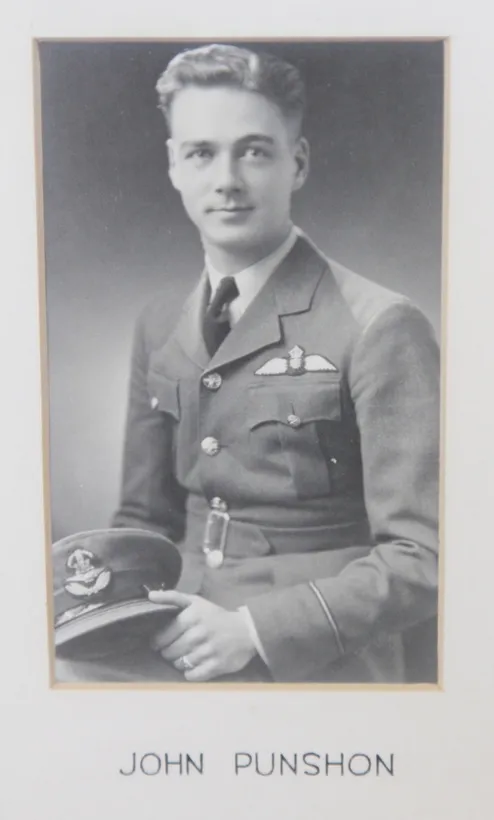Punshon, John Norman
Killed in Action 1945-02-20


Birth Date: 1918
Born:
Son of Ralph and Eva Punshon, of Toronto, Ontario. Canada. Uncons.
Home: Toronto, Ontario
Enlistment:
Enlistment Date: Unknown
Service
RCAF
Unit
4 APC
Base
Rank
Flight Lieutenant
Position
Flight Lieutenant
Service Numbers
J/14844
Prev: R/133950
Home
 Toronto, Ontario
Toronto, Ontario
Miles Martinet

Miles Martinet TT Mk. I, RAF (Serial No, HN862), ca 1943."�}}
TThe Miles M.25 Martinet was a target tug aircraft of the Royal Air Force (RAF) and Fleet Air Arm (FAA) that was in service during the Second World War. It was the first British aircraft to be designed specifically for target towing.
Work on the Martinet was started in response to the RAF's shortage of obsolete frontline aircraft for target towing duties. It was intentionally designed with as much commonality as was feasible to existing production aircraft, being a derivative of Mile's prolific Master trainer. The first prototype Martinet conducted its maiden flight on 24 April 1942, with quantity production commencing immediately thereafter. A total of 1,724 Martinets were produced, of which the majority were operated either by the RAF or FAA, although a minority were also used by overseas and civilian operators.
The Martinet was also developed into a relatively secretive aircraft in response to Specification Q.10/43, which called for a radio-controlled target drone. This aircraft, designated M.50 Queen Martinet, was only produced in small numbers, and its existence was a state secret for numerous years, being only officially acknowledged during 1946. Several other derivatives of the base aircraft were also produced, including a dedicated glider tug and a trainer variant.Wikipedia
 Canadian Virtual War Memorial
Canadian Virtual War Memorial Wikipedia Martinet Trainer
Wikipedia Martinet Trainer Harold A Skaarup Web Page
Harold A Skaarup Web Page